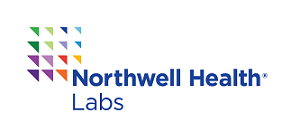Tick-Borne DNA Panel, B TICKPCR
Synonyms |
|
Allscripts (AEHR) Order Name |
Tick-Borne Panel PCR, B |
Sunrise Clinical Manager (SCM) Order Name |
Tick-Borne Panel PCR, B |
Clinical Info |
Evaluation of patients with suspected human monocytic ehrlichiosis, human granulocytic anaplasmosis, babesiosis, or Borrelia miyamotoi infection |
Specimen Type |
Blood |
Container |
Lavender Top Tube |
Collection Instructions |
Container/Tube: Lavender (EDTA) Top Tube |
Transport Instructions |
Refrigerated |
Specimen Stability |
7 Days Refrigerated |
Methodology |
Real-Time Polymerase Chain Reaction (PCR)/DNA Probe Hybridization |
Days Performed |
TAT: 2-5 Days |
Performing Laboratory |
Mayo Medical Laboratories |
CPT |
87798 x 3 |
PDM |
2059038 |
Result InterpretationBabesia species, Molecular Detection, PCR Negative This panel does not detect Borrelia burgdorferi or Borrelia mayonii, the causative agents of Lyme disease in the United States. While Lyme polymerase chain reaction testing (PBORB / Lyme Disease [Borrelia burgdorferi], Molecular Detection, PCR, Blood) can be useful for detecting acute infection with B mayonii, this organism has a limited geographic distribution (upper Midwestern United States) and is therefore not included in this panel. Serology is the preferred method for detection of B burgdorferi.
|
|
Forms |
|

